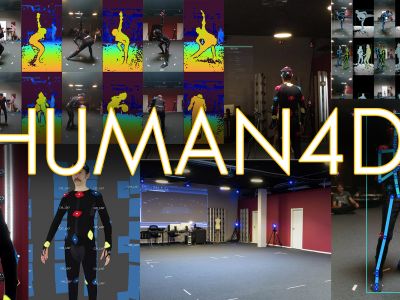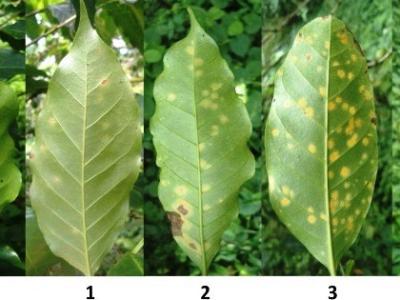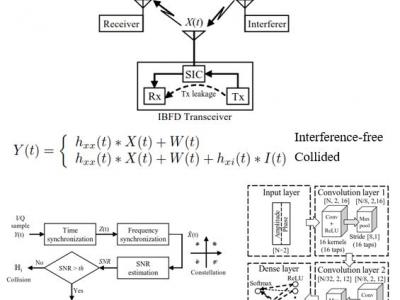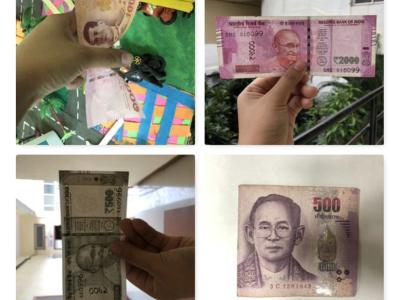Image Processing
We introduce HUMAN4D, a large and multimodal 4D dataset that contains a variety of human activities simultaneously captured by a professional marker-based MoCap, a volumetric capture and an audio recording system. By capturing 2 female and 2 male professional actors performing various full-body movements and expressions, HUMAN4D provides a diverse set of motions and poses encountered as part of single- and multi-person daily, physical and social activities (jumping, dancing, etc.), along with multi-RGBD (mRGBD), volumetric and audio data. Despite the existence of multi-view color datasets c
- Categories:
 1604 Views
1604 Views
This dataset is for light field image augmentaion. The dataset contains 100 pairs of light field image, each of them consists of "original" and "modified". "Original" is light field image with only background, "modified" is light field image with exactly same background and an object on it.
- Categories:
 205 Views
205 Views
The first bit of light is the gesture of being, on a massive screen of the black panorama. A small point of existence, a gesture of being. The universal appeal of gesture is far beyond the barriers of languages and planets. These are the microtransactions of symbols and patterns which have traces of the common ancestors of many civilizations.
- Categories:
 253 Views
253 ViewsThis is an eye tracking dataset of 84 computer game players who played the side-scrolling cloud game Somi. The game was streamed in the form of video from the cloud to the player. The dataset consists of 135 raw videos (YUV) at 720p and 30 fps with eye tracking data for both eyes (left and right). Male and female players were asked to play the game in front of a remote eye-tracking device. For each player, we recorded gaze points, video frames of the gameplay, and mouse and keyboard commands.
- Categories:
 1082 Views
1082 Views
Deep facial features with identity generated from CelebA dataset using facenet network (128 real-valued features). Dataset contains:
- full dataset
- training dataset
- validation dataset
Link to CelebA dataset: http://mmlab.ie.cuhk.edu.hk/projects/CelebA.html
- Categories:
 362 Views
362 ViewsThe dataset contains medical signs of the sign language including different modalities of color frames, depth frames, infrared frames, body index frames, mapped color body on depth scale, and 2D/3D skeleton information in color and depth scales and camera space. The language level of the signs is mostly Word and 55 signs are performed by 16 persons two times (55x16x2=1760 performance in total).
- Categories:
 2604 Views
2604 ViewsWe build an original dataset of thermal videos and images that simulate illegal movements around the border and in protected areas and are designed for training machines and deep learning models. The videos are recorded in areas around the forest, at night, in different weather conditions – in the clear weather, in the rain, and in the fog, and with people in different body positions (upright, hunched) and movement speeds (regu- lar walking, running) at different ranges from the camera.
- Categories:
 11503 Views
11503 ViewsMosquito bites result in the deaths of more than 1 million people every year. Certain species of mosquitos like Aedes are the main vector of arboviruses that cause Dengue, Malaria and Yellow fever. Image based mosquito species classification can be helpful to implement strategies to prevent the spread of mosquito borne disease. Automated mosquito species classification can aid in laborious and time consuming task of entomologists besides enhancing accuracy.
- Categories:
 2854 Views
2854 ViewsRecognition and classification of currency is one of the important task. It is a very crucial task for visually impaired people. It helps them while doing day to day financial transactions with shopkeepers while traveling, exchanging money at banks, hospitals, etc. The main objectives to create this dataset were:
1) Create a dataset of old and new Indian currency.
2) Create a dataset of Thai Currency.
3) Dataset consists of high-quality images.
- Categories:
 4000 Views
4000 Views





